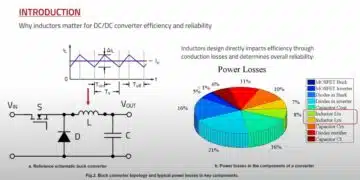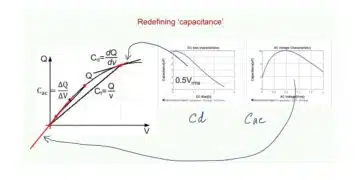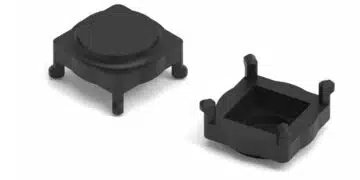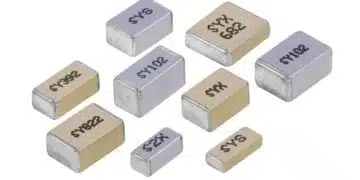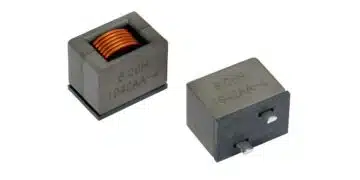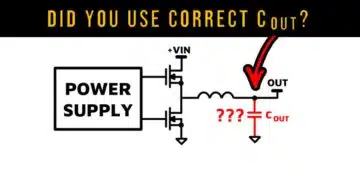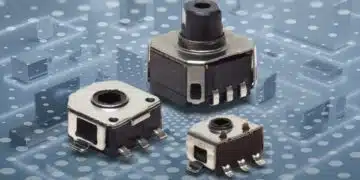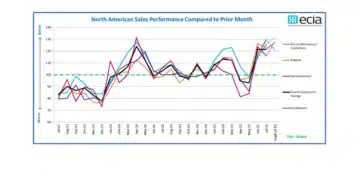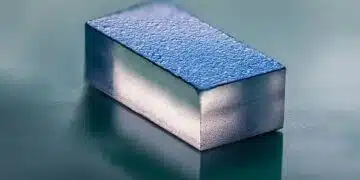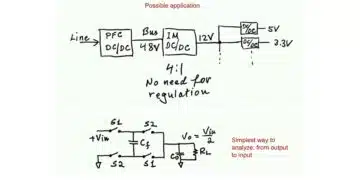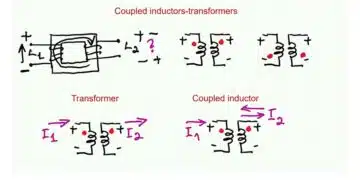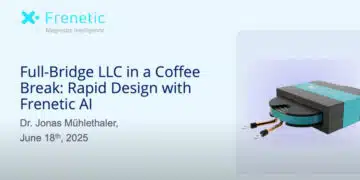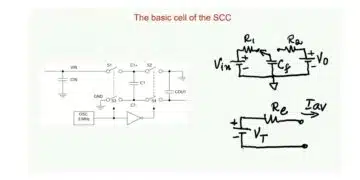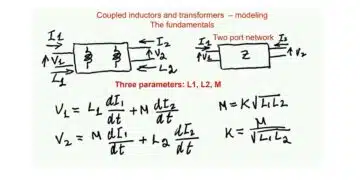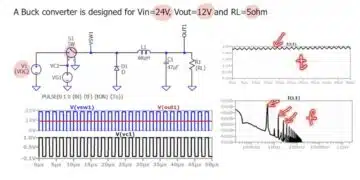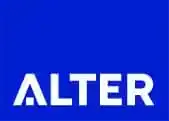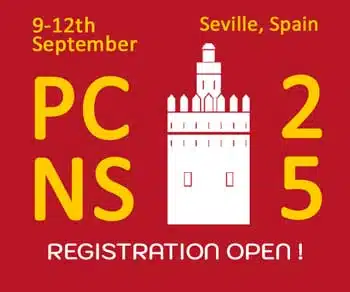The 5th bi-annual PCNS Passive Components Networking Symposium, dedicated to passive components, is now open for registration.
We are excited to announce that registration for the upcoming PCNS Conference is officially open! Secure your spot today to join industry leaders, cutting-edge sessions, and unparalleled networking opportunities. Register now to take advantage of early bird discounts by 16th July 25!
🗓️ Date: 9-12th September
📍 Location: Seville, Spain
PCNS Passive Components Networking Symposium is a bi-annual international symposium organized by EPCI European Passive Components Institute in co-operation with an European university. The 5th edition of the PCNS Passive Components Networking Days Symposium hosted by Escuela Técnica Superior de Ingeniería de Sevilla of Universidad de Sevilla, Spain in partnership with Alter Technology as a live event.
PCNS mission is to promote the discussion of recent developments and trends in the field of passive electronic components and to encourage the exchange of technical expertise and information covering a broad range of EEE passive components.
This symposium has earned a reputation for its focus on the latest advancements and innovations in passive components, and we eagerly anticipate another successful gathering this year.
5th PCNS Conference Theme:
Passive Components in Harsh Environment
The theme revolves around all challenges associated with the development, research, new materials, design, characterization, or testing of passive electronic components, interconnects, or electro-mechanical components to ensure reliable operation or extended functionality in harsh environments, such as industrial, automotive, defense, or aerospace settings. The theme will be further explored in the conference workshop, hot topic panel discussion, keynote address, and paper selection process.
As part of the conference program, all attendees of the 5th PCNS will have an opportunity to tour Alter Technology’s components testing facility, a partner of the conference.
Symposium Date: September 9th to 12th, 2025 (Tuesday to Friday)
Location: Escuela Técnica Superior de Ingeniería de Sevilla of Universidad de Sevilla, Spain
early bird discount by 16th July, 2025
TOPICS
- MATERIALS & PROCESSES
- DESIGN & CONSTRUCTION
- MEASUREMENT & TEST
- QUALITY & RELIABILITY
- TECHNOLOGY & ROADMAPS
- APPLICATIONS
- NEW DEVELOPMENT
- MODELLING & SIMULATION
COMPONENTS
- CAPACITORS
- INDUCTORS & TRANSFORMERS
- RESISTORS
- FUSES
- FILTERS
- RF PASSIVES
- PASSIVE SENSORS
- INTERCONNECTION
- CRYSTALS & OSCILLATORS
For more details on the submission process, symposium agenda, and registration, please visit the conference webpage:


